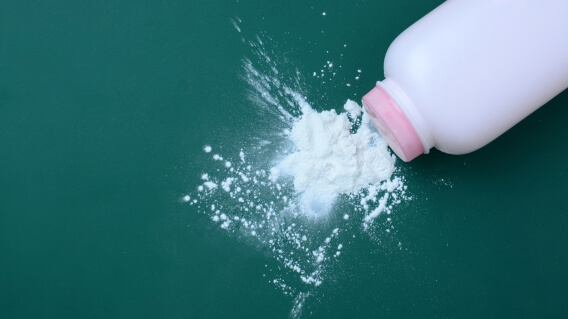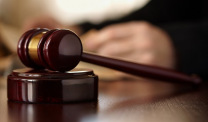U.S. Court of Appeals Hears Challenge to J&J’s Bankruptcy Plan
Legislation & LitigationWritten by Tim Povtak | Edited By Walter Pacheco

Johnson & Johnson’s controversial bankruptcy filing, designed to limit its soaring talc liabilities, was challenged Sept. 26 before the United States Court of Appeals for the Third Circuit in Philadelphia.
A three-judge panel heard oral arguments on whether Johnson & Johnson should be permitted to shift billions of dollars in mass tort liabilities to a newly created entity, which immediately filed for bankruptcy.
The court’s decision is not expected until later in 2022. Regardless of the outcome, several legal experts believe yet another appeal will be filed with the U.S. Supreme Court.
Attorneys representing a handful of almost 40,000 plaintiffs had asked the appeals court in Philadelphia to overturn a ruling earlier this year by a New Jersey judge who allowed the bankruptcy filing to proceed.
Johnson & Johnson in 2021 had used a restructuring strategy known as the Texas Two-Step that created a subsidiary called LTL Management, which absorbed all of its asbestos-contaminated talc liabilities but few of its assets.
Asbestos-Contaminated Talc Under Scrutiny
LTL Management was originally provided $2 billion to settle all talc claims through a bankruptcy trust.
The bankruptcy filing, at least temporarily, blocked all pending talc lawsuits from moving forward. The majority of the 40,000 cases involved the use of J&J’s talc-based products, including its iconic Johnson’s Baby Powder.
Claimants allege the product contained asbestos-contaminated talc, which caused a variety of serious health issues, including ovarian cancer and malignant mesothelioma.
Johnson & Johnson, one of America’s richest companies, has a market capitalization of an estimated $450 billion. Before the bankruptcy filing it was facing almost $3.5 billion in earlier verdicts and settlements. According to bankruptcy court records, one verdict that covered 22 plaintiffs was worth $2 billion.
Although Johnson & Johnson continues to say its talc products are safe and has denied any responsibility for health-related issues, it recently suspended all talc-based baby powder sales worldwide.
Johnson & Johnson attorney Neal Katyal said in court that the bankruptcy trust fund would benefit victims by producing faster and fairer settlements.
Earlier this year, the New Jersey court ruled that handling mass tort litigation is a valid purpose for bankruptcy, even when a company’s assets are greater than its liabilities.
Department of Justice Challenging Bankruptcy Ruling
Attorneys for claimants have argued that the bankruptcy court ruling violates the constitutional right to due process and a jury trial. They also believe bankruptcy should be reserved for companies in financial distress.
“J&J is using this bankruptcy as a tactic to force an agreement – an attempt to remove the jury trial,” said attorney Jonathan Ruckdeschel of Ruckdeschel Law Firm LLC, who was present at the hearing.
Personal injury attorneys across the country believe the bankruptcy filing was done in bad faith, denying those harmed from being fairly compensated for mesothelioma.
J&J attorneys have previously said the $2 billion set aside by LTL Management for a trust was just a starting point, and the amount was negotiable. Katyl, representing J&J at the hearing, said the trust fund could be worth as much as $60 billion.
The U.S. Department of Justice also has challenged the bankruptcy maneuver of Johnson & Johnson. At the Sept. 26 hearing, an attorney from the DOJ said if approved by the U.S. Court of Appeals, it will lead to other nonbankrupt companies, and even wealthy individuals, using similar strategies to avoid liabilities.
“If Johnson & Johnson can get away with this bankruptcy, what’s to stop any other company in America from doing the same thing?” attorney Sean Janda, an attorney with U.S. Trustee, a division of the Department of Justice that oversees bankruptcy cases.
Bankruptcy trusts often pressure claimants to accept lower settlements than they might expect in a civil case and avoid any excessive payouts, but they also make it simpler for claimants.






